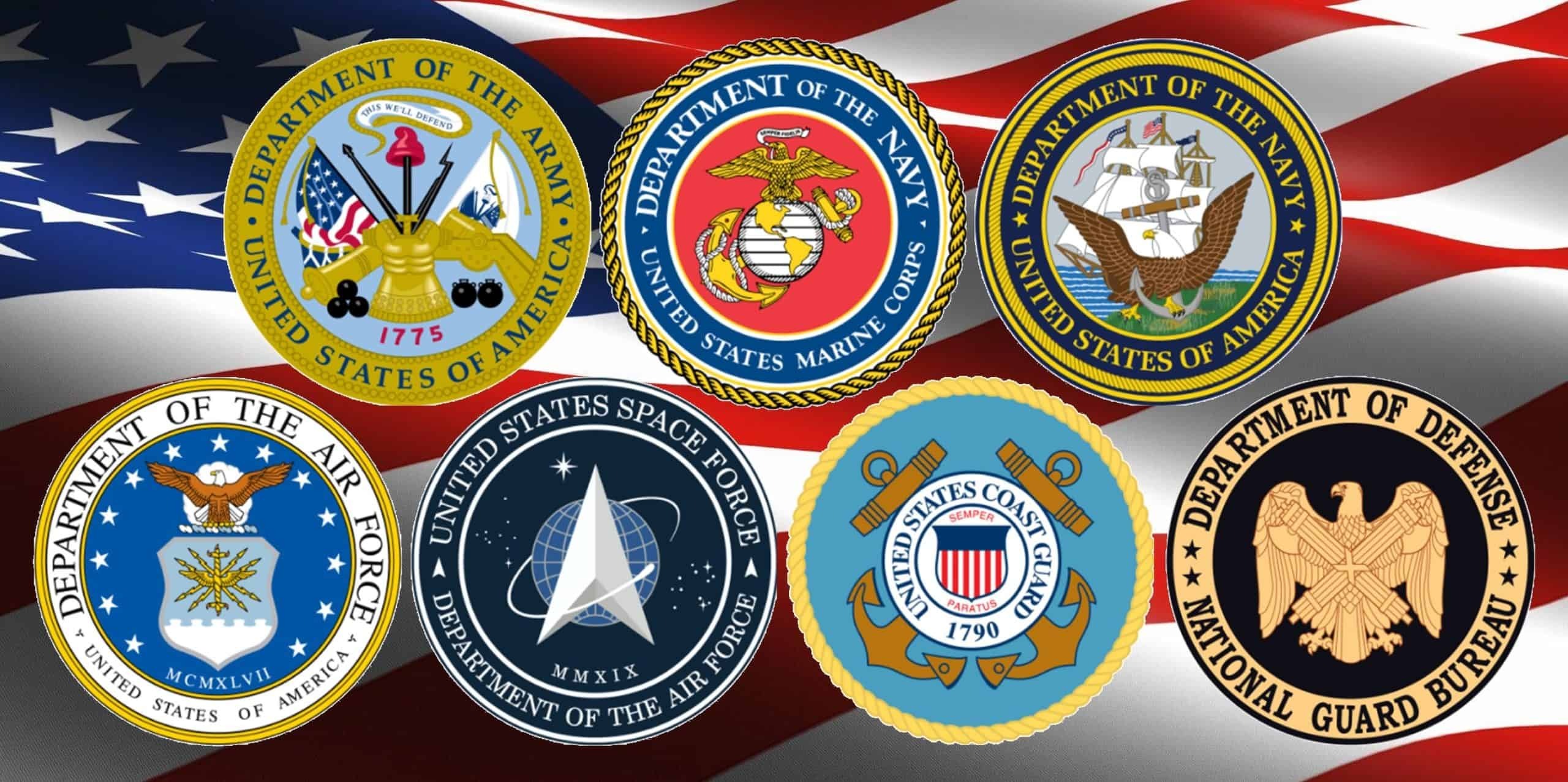
Checking Cartridge Boxes - Canada, 1814
During the War of 1812, the need for the Army to be drilled in the discipline of its European rivals again became apparent. The NCOs played a key role in the vigorous training required to turn civilians into soldiers capable of maintaining the linear formations and volley fire tactics typical of warfare in this period. Keeping ammunition and small arms in good condition was essential for such coordinated action. Here a corporal inspects the lead ball and paper cartridges carried by each soldier in his squad.
The American-made, smooth bore, .69 caliber musket issued to the individual soldier during the War of 1812, like the Revolutionary War French musket after which it was patterned, was effective only when fired in volleys. Volley firing, in turn, required absolute precision and teamwork. The primary duty of the squad leader was to ensure that his men kept their ammunition and weapons ready for action at all times. Only frequent inspections guaranteed results.
The corporal is identified by the single worsted epaulet on his right shoulder. He and the privates he is inspecting are wearing the winter fatigue jacket, trimmed with white worsted lace and buttons that identify it as an infantry uniform. The felt hats worn in earlier years have been replaced by leather caps, with infantry plates adorning the fronts. Each man wears black leather accoutrements of a cartridge box on the right hip and a triangular bayonet with haversack and wooden canteen on the left. The cartridge box contained the ammunition, which came in the form of a lead ball and individual gunpowder charge, rolled into a paper cartridge. In combat the soldier would bite the end off the cartridge and use the wrapper as wadding to hold the powder and ball in place.
The Poster in the picture is what you will recieve






